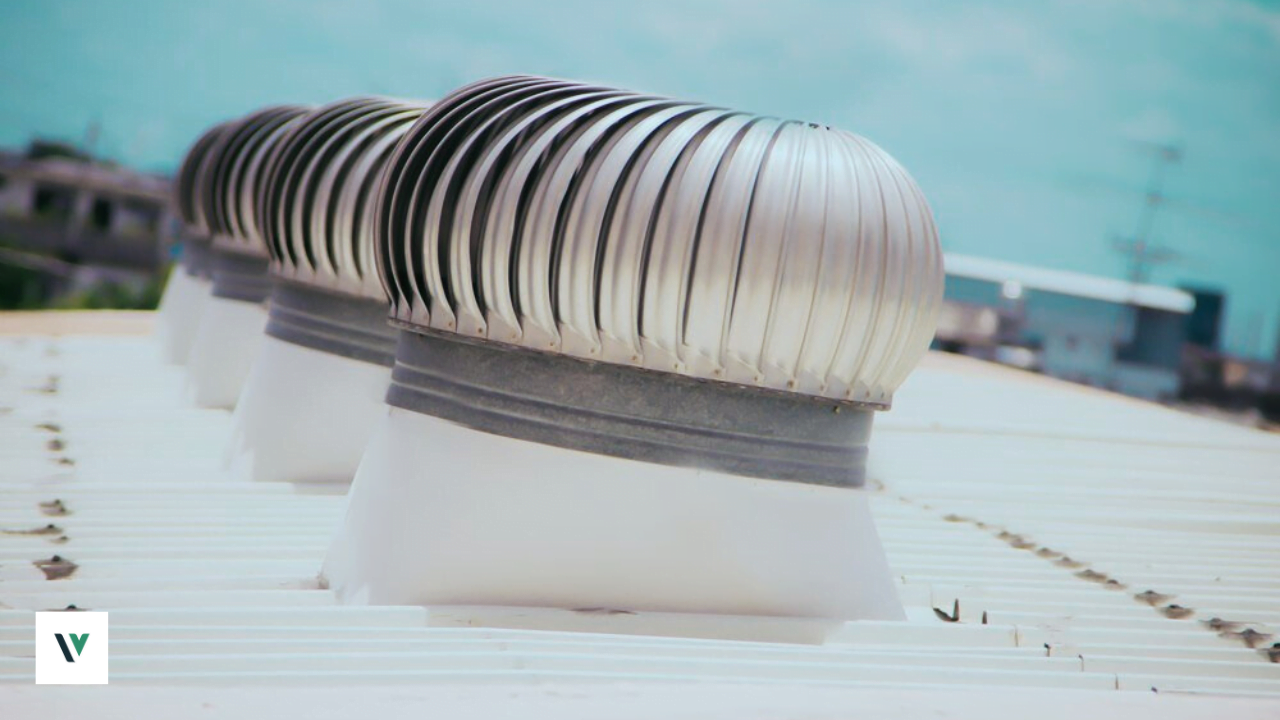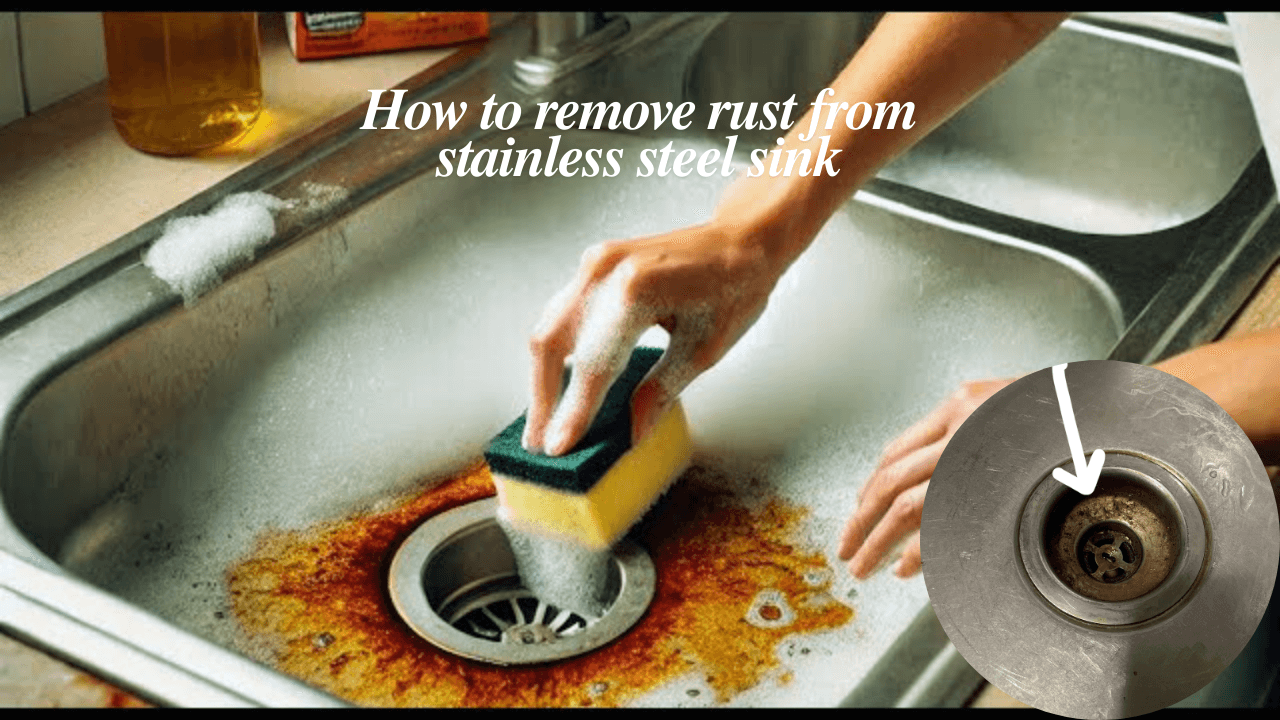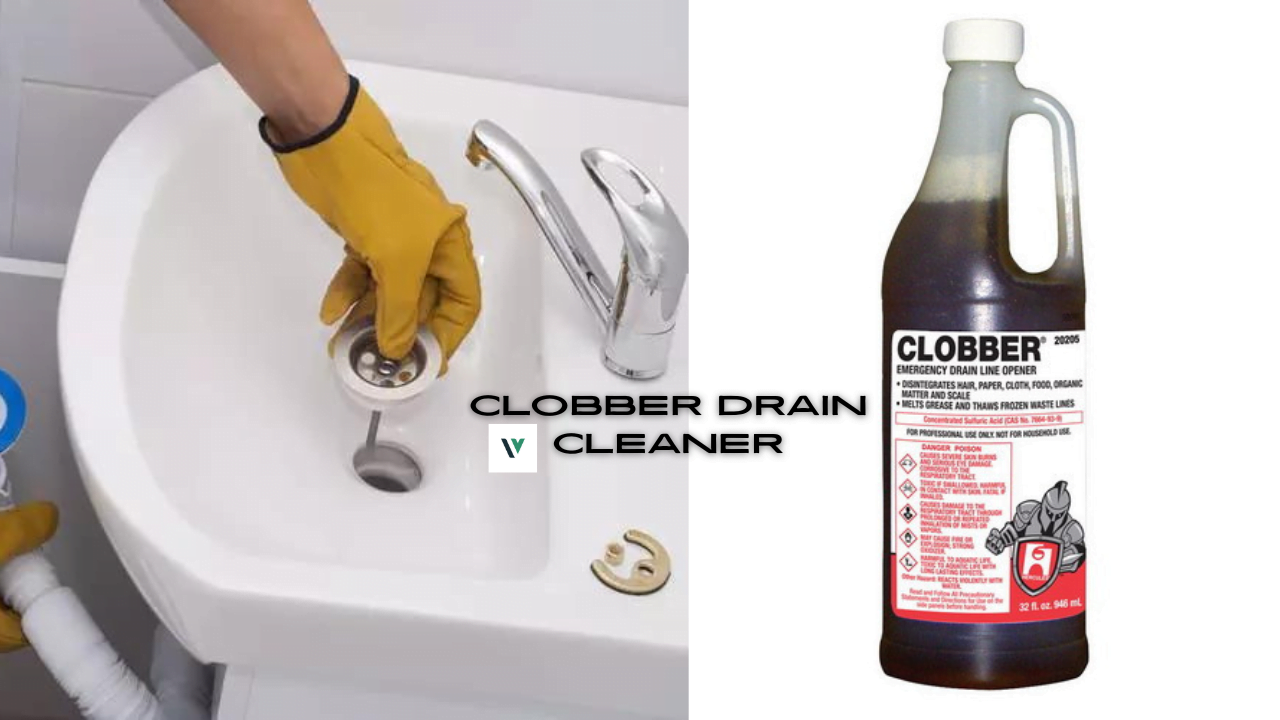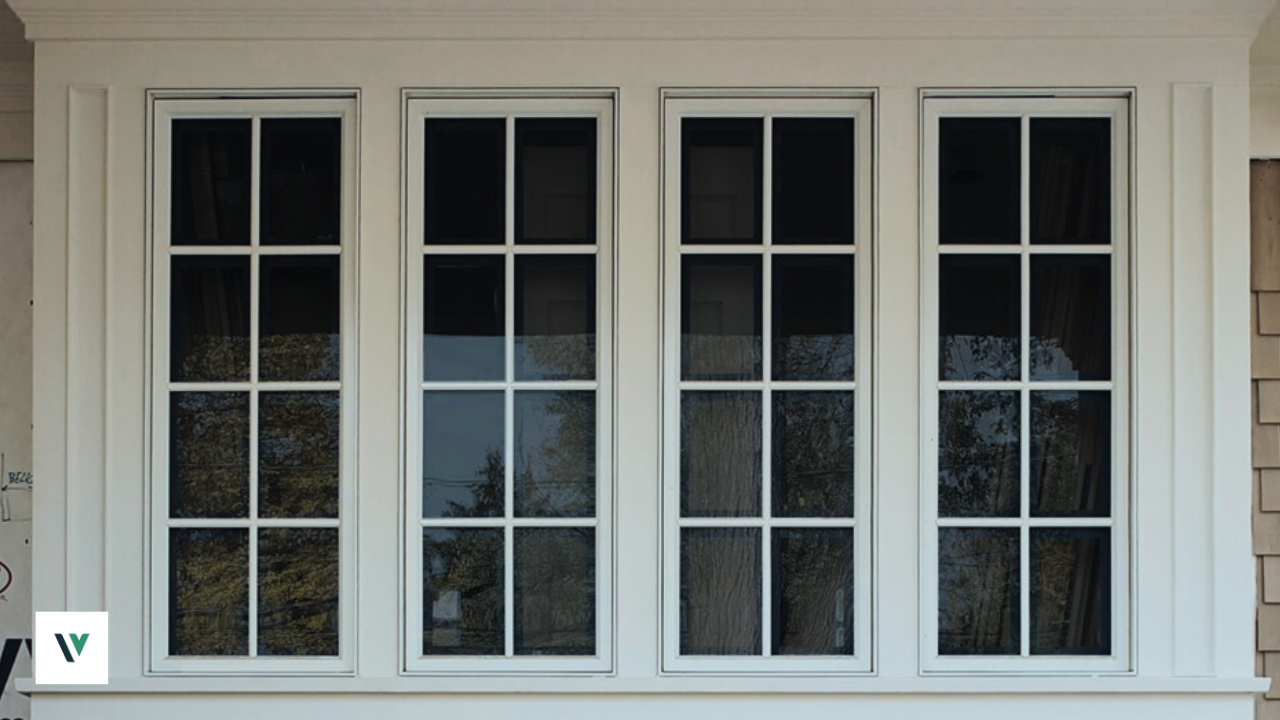Indoor air quality (IAQ) is an indispensable yet frequently neglected part of our living and work spaces. Unfortunately, ventilation can prompt medical problems and have substantial energy costs. Accordingly, the market has seen the ascent of energy efficient Ventilation Systems that not only guarantee a consistent progression of clean air but also do so while limiting energy utilization. This thorough aid investigates the main Energy Efficient Ventilation Systems accessible today, how they work, and why they’re fundamental to feasible living. Whether you’re a mortgage holder hoping to reduce your energy bills or an ecological devotee goal of diminishing your carbon impression, this guide is for you.
Why Energy Efficient Ventilation is a Game-Changer
Before we hop into the particulars of various frameworks, it’s fundamental to comprehend why Energy Efficient Ventilation Systems are beyond a maintainability popular expression. Energy Efficient Ventilation Systems frequently have high energy prerequisites, adding to fossil fuel byproducts and increasing service bills. Energy Efficient Ventilation Systems, then again, are intended to convey the vital wind current with negligible energy input. The advantages are two-crease: decreased working expenses and a lower natural effect.
Economic Advantages
Energy Efficient Ventilation Systems innovation frequently accompanies a higher starting expense. Nonetheless, this speculation can prompt significant reserve funds over the existence of the framework by eliminating energy costs. For organizations, this can be an upper hand. For property holders, it can mean a profit from interest as decreased warming and cooling costs.
Types of Energy Efficient Ventilation Systems
A few kinds of ventilation frameworks are made to be as energy-effective as possible. The decision of the framework relies upon variables like the structure’s size, environment, and planned use.
Heat Recovery Ventilation (HRV)
An HRV framework works by trading the energy contained in, for the most part, exceptionally muggy exhaust air streams and moving it to the approaching air. This is especially valuable in colder environments where warming is predominant. HRVs can recuperate up to 85% of the intensity in the air that is being vented out, making them unquestionably energy-productive.
Energy Recovery Ventilation (ERV)
Like HRV, an ERV framework moves the stickiness level and intensity from the active air to the approaching air. This is valuable in muggy environments, where cooling is prevailing, as ERV frameworks assist with keeping a reasonable stickiness level notwithstanding temperature control.
Demand-Controlled Ventilation (DCV)
DCV frameworks use air quality sensors to change the pace of ventilation because of changes in the number of tenants and the degree of contamination. They are an extraordinary method for saving energy by ventilating when necessary, typically in spaces like businesses or schools.
Natural Ventilation Systems
Regular Energy Efficient Ventilation Systems use the tension distinction between inside and beyond a structure to move air. This can incorporate primary methodologies, such as opening windows or more thorough plans, similar to wind towers. While not as controlled as different frameworks, regular ventilation is the most Energy Efficient Ventilation Systems regarding genuine energy utilization.
Mechanical Ventilation with Heat (MVHR)
MVHR frameworks are a cross-breed of regular and mechanical ventilation. They use fans to supply and concentrate air; however, recuperate up to 95% of the intensity in the active air.
Balanced Ventilation Systems
Adjusted ventilation frameworks give equivalent air conveyance all through the structure. These frequently integrate a blend of supply and exhaust fans to guarantee a reliable and productive air trade that keeps up with great indoor air quality.
Key Features to Look For
While considering an energy-proficient ventilation framework for your home or business, there are sure highlights you ought to focus on to guarantee ideal execution and energy investment funds.
High-Efficiency Fans and Motors
Pick frameworks with fans and engines affirmed by energy proficiency bodies or have high-effectiveness appraisals. This guarantees that they utilize less ability to produce the expected wind stream.
Variable Speed Operation
Fans who can change their speed in light of the requirement for ventilation urgently need energy proficiency. They can work at lower speeds when the request is low, saving energy while keeping up with air dissemination.
Smart Controls
Shrewd control frameworks that can be modified to change the ventilation rate given inhabitance and poison levels are fundamental for energy investment funds. Search for frameworks with easy-to-use interfaces and the capacity to incorporate brilliant home innovation.
Quality Heat and Energy Recovery Components
The nature of the exchangers is essential for frameworks with component intensity or energy recuperation. Search for materials and plans that augment heat move effectiveness and are impervious to consumption.
Sealing and Insulation
The ventilation work and lodging of the ventilation framework ought to be impermeable and protected to forestall energy misfortunes caused by breaks and warm crossing over.
Installations and Upgrades
Introducing or supplanting a ventilation framework is a critical undertaking. Including an expert is essential to guarantee that the framework is accurately estimated, planned, and introduced. This can incorporate an energy review to evaluate the structure’s ventilation needs.
While updating a current framework, consider retrofitting parts like fans, controls, and recuperation units to increment energy effectiveness without a total redesign.
Maintenance and Care
Energy-proficient ventilation frameworks require ordinary upkeep to work at their best. Air channels ought to be checked and supplanted on a case-by-case basis, and the framework’s parts should be reviewed occasionally for any indications of wear or breakdown.
Moreover, keeping the outside and indoor air admissions perfect and unhindered is essential to guarantee the framework can work appropriately and productively.
Financial Incentives and Rebates
Numerous state-run administrations and utilities offer monetary motivators to support the reception of energy-proficient advancements, including ventilation frameworks. Research accessible discounts and tax reductions that can counterbalance the underlying expense of the framework.
Case Studies and Testimonials
Seeing contextual investigations and hearing from different clients can give significant bits of knowledge into the present reality of the execution of various energy-productive ventilation frameworks. This can assist you with picking a framework that is demonstrated to work in a comparable setting.
Conclusion
Energy-productive ventilation frameworks are an aid for the climate as well as for your primary concern. By choosing and overseeing the right situation, you can partake in the solace and medical advantages of good indoor air quality while limiting your energy use. Whether fabricating another home, revamping a current space, or essentially hoping to redesign your ongoing ventilation arrangement, you can put resources into energy-effective arrangements. It’s a much-needed refresher for your well-being and the planet. Incorporating sustainable power sources offers an outstanding open door for those keen on further upgrading their energy-proficient ventilation framework.
FAQs
Q: How often should I replace the filters in my energy-efficient ventilation system?
The recurrence of channel substitution shifts relies on the particular framework and the air nature of the climate. It’s encouraged to look at channels every 3-6 months and supplant them depending on the situation to keep up with the ideal wind stream and framework productivity.
Q: Are energy efficient ventilation systems more expensive than traditional systems?
Sometimes, the underlying expense of an energy-effective framework might be higher. Still, the drawn-out reserve funds in energy bills and the potential for government discounts and impetuses can balance the underlying speculation. Furthermore, they add to a better indoor climate.
Q: Can I retrofit my existing ventilation system to be more energy-efficient?
Indeed, many ventilation frameworks, like fans, controls, and energy recuperation units, can be moved up to increment effectiveness. Talking with an expert can assist with deciding the most ideal choices for your particular framework.
Q: How do I know if my ventilation system is energy-efficient?
An energy-effective framework should have high-proficiency evaluations for its fans and engines, highlight savvy controls for variable activity, and incorporate quality intensity and energy recuperation parts. Affirmation from perceived energy effectiveness bodies can likewise demonstrate a proficient framework.
Q: What maintenance is required for an energy-efficient ventilation system?
Customary support incorporates checking and supplanting air channels, guaranteeing that admissions and ways out are clear of obstacles, and occasionally investigating framework parts for wear or breakdown. Proficient assessments can likewise assist with keeping up with ideal execution.





